Search
Search Results
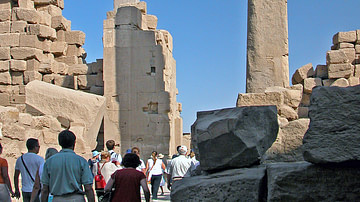
Definition
Egyptian Obelisk
An obelisk is a stone rectangular pillar with a tapered top forming a pyramidion, set on a base, erected to commemorate an individual or event and honor the gods. The ancient Egyptians created the form at some point in the Early Dynastic...
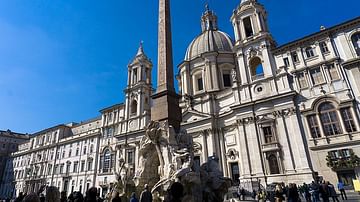
Article
Rome's Egyptian Heritage
The Eternal City of Rome is one of the places in the world with the most historical sites to visit. The list of ancient ruins, museums, churches, and other historical landmarks makes the city an Eldorado for anyone interested in history...

Image
Obelisk of Nectanebo II
According to the vertical inscription of this black siltstone obelisk (1.74 meter in height), Nectanebo set up this obelisk (and its fellow obelisk ) at the doorway of the sanctuary of Thoth, the Twice-Great, Lord of Hermopolis. From the...
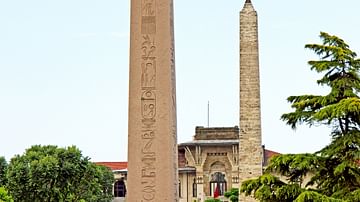
Image
Obelisk of Thutmose III, Istanbul
The obelisk of Thutmose III (1479-1425 BCE), which originally stood at the temple of Karnak, Egypt, but was removed to Constantinople by Theodosius the Great in the 4th century CE.
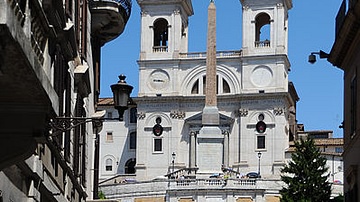
Image
Sallustiano Obelisk, Rome
The Sallustiano Obelisk in front of the Church of Trinità dei Monti at the top of the Spanish Steps in Rome. The obelisk is ancient but not a Pharaonic obelisk. It was constructed during the reign of Emperor Aurelian (r. 270 - 275 CE) and...
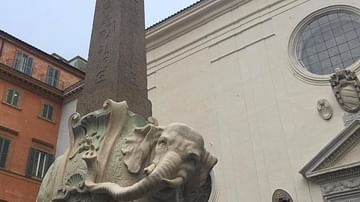
Image
Obelisk at Piazza della Minerva
The obelisk standing in the Piazza della Minerva is the smallest of Rome’s obelisks and it is positioned on the back of an elephant sculpted by Gian Lorenzo Bernini (1598 – 1680 CE). The origins of this obelisk are unknown, but as it was...

Video
Quirinal Obelisk - Ancient Rome Live
The Quirinal obelisk is one of the many obelisks that the Romans transported to Rome, subsequently repurposed in the papal period in a new location. Specifically, the Quirinal obelisk is one of two obelisks brought from Egypt, designated...
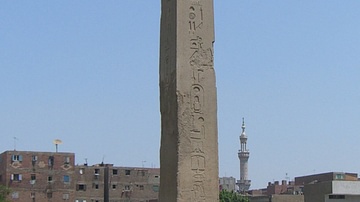
Image
Obelisk of Senusret I, Heliopolis
The only Egyptian obelisk still standing in its original position is that of Senusret I (c. 1971-1926 BCE) at the site of a former temple to the sun god at Heliopolis.

Image
Obelisk of the Fontana dei Quattro Fiumi, Piazza Navona
The obelisk was ordered to be constructed by Emperor Domitian (r. 81 - 96 CE). It was sculpted in Egypt and transported to Rome where it originally adorned the temple of Isis and Serapis. It now stands in Piazza Navona and is part of Gian...
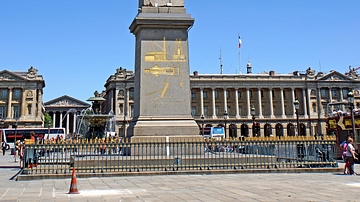
Image
Luxor Obelisk, Paris
The Luxor Obelisk, also known as 'Cleopatra's Needle', in Place de la Concorde, Paris.